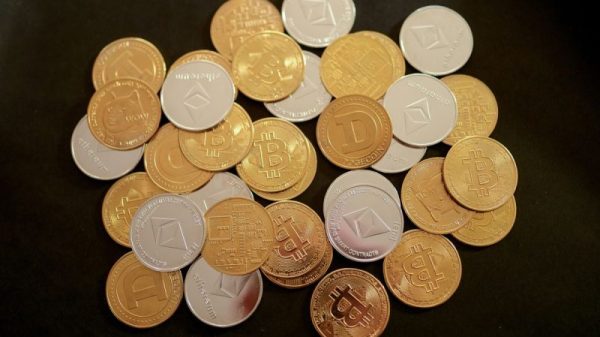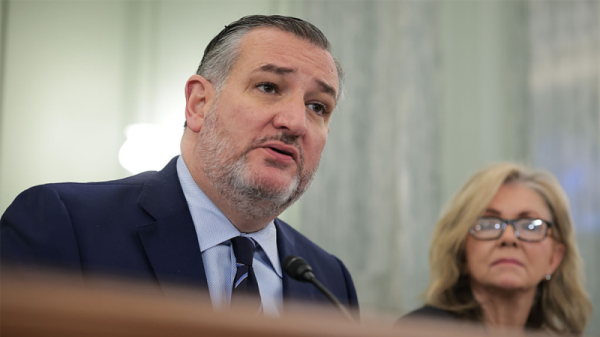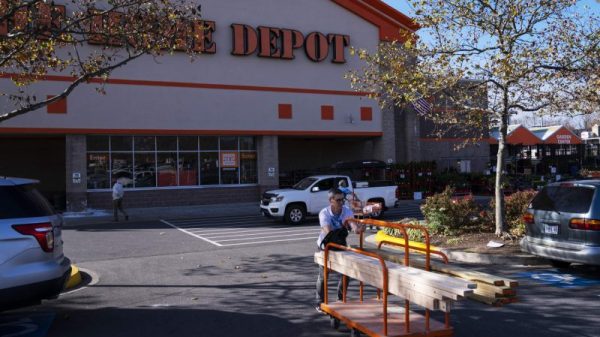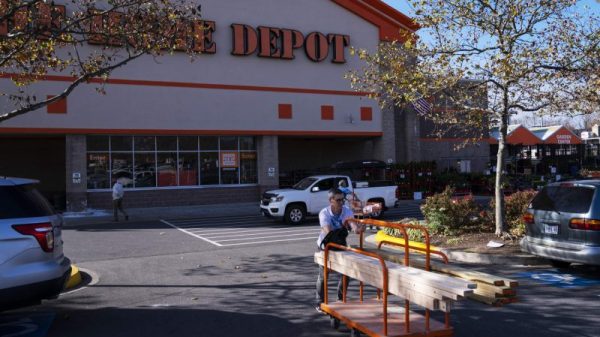Angry headlines have recently proclaimed “Kroger Executive Admits Company Gouged Prices Above Inflation,” and “Corporate greed exposed: Kroger admits to price gouging on milk and eggs amid antitrust trial.”
There are several problems with this account. The first is that recent price increases are caused by “corporate greed.” But there is never any explanation for why greed has somehow increased, and then decreased when price increases have subsided. Sharp increases in greed, shared across all corporate sectors at the same time — which is what “greedflation” would require — seem implausible.
Second, “price-gouging” is defined as excessive price increases during a declared state of emergency, not price increases in normal times. There are problems with even the standard definition of price-gouging, of course, but charging an extra dime for eggs in ordinary business doesn’t come close to fitting the definition in the law.
The most fundamental problem, though, is the naïve equating of price changes with cost changes. The logic seems to be that the only legitimate change in prices must come from and be proportional to, changes in cost.
There is no economic basis for such a rule. Cost and price may move together over longer periods of time, but in any period of a few months the price is mostly determined by consumers. This conclusion is not ideological, it’s not controversial, and it dates to one of the giants of economic theory: Alfred Marshall.
In his landmark monograph, Principles of Economics (first published in 1890), Marshall defined, and limited, the role of costs in determining final price (Book V, Chapter 3, Section 7):
[I am] chiefly occupied with interpreting and limiting this doctrine that the value of a thing tends in the long run to correspond to its cost of production…
We might as reasonably dispute whether it is the upper or the under blade of a pair of scissors that cuts a piece of paper, as whether value is governed by utility or cost of production…[W]hen a thing already made has to be sold, the price which people will be willing to pay for it will be governed by their desire to have it, together with the amount they can afford to spend on it. Their desire to have it depends partly on the chance that, if they do not buy it, they will be able to get another thing like it at as low a price.
The “scissors” analogy is quite clear, since the classic “supply and demand” graph in introductory economics even looks like two scissors blades. If you know only “supply” (the schedule of amounts offered for sale at different prices) or only “demand” (the quantities purchased by consumers at different prices), you have no way of predicting the price at any point in time. Marshall’s insight is timeless: in the short run, consumers are generally buying from other consumers, not from producers.
A New York Times story on the accusations against Kroger quotes Joshua Hendrickson, an economist at the University of Mississippi:
If prices are rising on average over time and profit margins expand, that might look like price gouging, but it’s actually indicative of a broad increase in demand…Such broad increases tend to be the result of expansionary monetary or fiscal policy — or both.
The disconnect between cost and price may be clearest when you are buying, or selling, a house. The amount paid for a house has almost nothing to do with the price it commands now; instead, if you want to buy a house you have to make a better offer than the other buyers interested in the house. In many cases, the final price is more, possibly much more, than the price the owner paid. But it can be less, and in some cases much less. The price of a house that sells depends on what buyers want, not on what sellers want.
Buyers also often dictate a price well below the cost the seller paid, in the case of perishable items such as flowers or food products. The seller is forced to mark the produce down to the highest price that buyers are willing to pay, even if that price is half, or less, than the purchase price. The alternative is that the seller will get nothing, and be forced to dispose of the produce as trash.
Yet no one accuses consumers of “price-gouging,” even though they are paying a price far below the seller’s cost. If that is the definition of price-gouging, then I am an avid price gouger myself. I was recently traveling to give a talk in Nashville, at AIER’s Bastiat Society chapter there, and needed a hotel. Having waited until the last minute to secure a hotel reservation, I went onto one of the web sites that find low prices. There was quite a nice hotel near the venue, for a price of $78, so I reserved it.
The room came with a nice “free breakfast” in the morning, and of course my room had to be cleaned. I’m confident that the cost to the hotel just of paying the costs of giving me a key were $50 or more; their long-run “break even” price had to be $150 or more. Yet I was able to get a room for $78; how come?
The answer is that that is how Marshall showed that pricing works. There is simply no necessary relationship between cost and price. By renting out the room at a price below their cost, the hotel was able to get some revenue. Like wilting flowers and food close to its “sell by” date, hotel rooms are either rented out or wasted; the price is determined by demand.
Grocery stores are brokers; they find the lowest cost sources for produce, meat, dairy, and other things consumers want. Then, the grocery offers those things for sale. It is a highly competitive business, one that often has extremely thin profit margins. Many of the things that groceries do, even those that seem exploitative, have reasonable explanations as sound business practice. All the examples of attempts to regulate pricing practices of groceries have resulted in higher prices, or empty shelves. Anyone who wants to understand how the grocery business actually works should pick up Alfred Marshall’s “scissors,” and run with them.

































